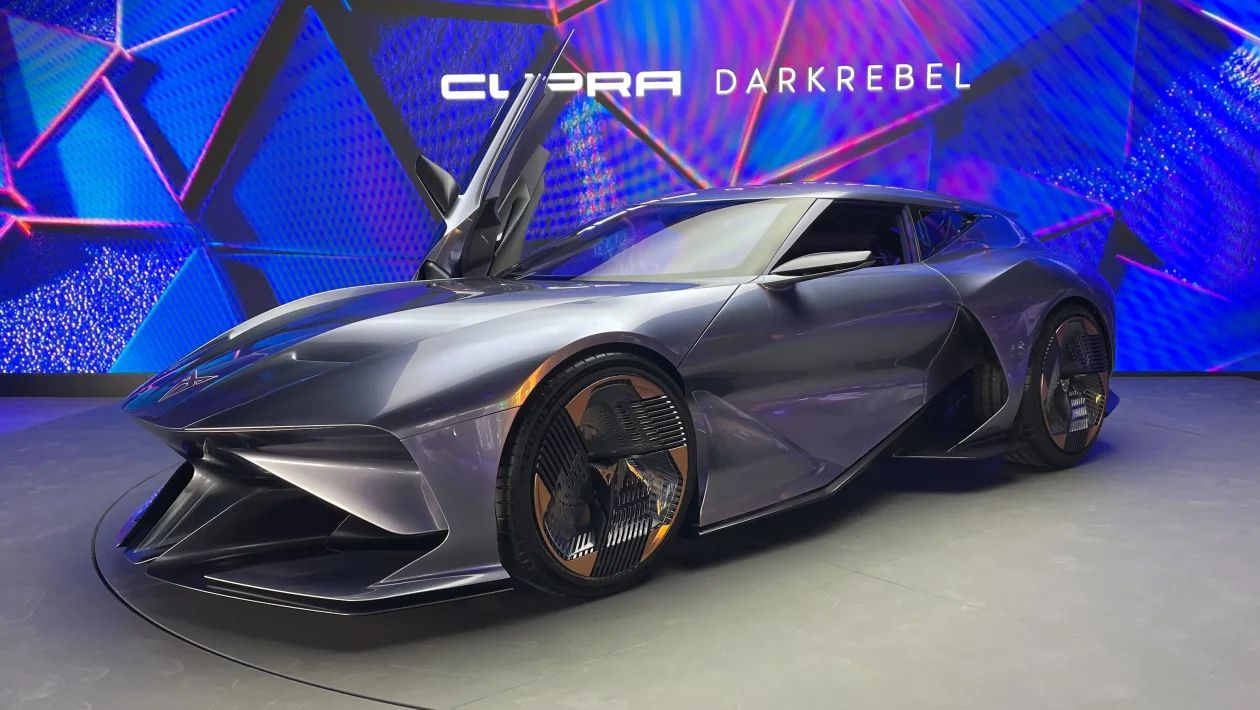In a distinct aggregation of virtual reality (VR) and traditional automotive design, Cupra presented its DarkRebel concept car at the recent IAA Mobility show in Munich. This concept had its initial public reveal in April 2023 within Metahype, Cupra’s dedicated space within the Metaverse.
The initial introduction lets users interact with and customize the vehicle in a variety of virtual settings. This platform collected a staggering 270,000 configurations, mainly originating from Germany and Spain.

This strategy of using virtual platforms to determine the public interest in design options highlights Cupra’s approach to incorporating digital technology into its workflows. By exposing this concept vehicle to a massive, international audience through the Metaverse, the firm has actively harvested valuable data on its customers’ preferences.
Data-Supported Decisions
The collected configurations on the virtual platform are not mere numbers; they stand as actionable data points that Cupra plans to leverage in shaping the final physical design of the DarkRebel. This utilization of virtual platforms for real-world purposes underscores a growing trend in how companies harness the digital realm for actionable insights.
The firm now aims to maintain the “Hyper Configurator” feature open on Metahype, ensuring that more users can customize the DarkRebel concept. This strategy intends to continue collecting a wide range of data to refine the final product a lot more. Cupra has mainly turned the design process into a two-way conversation between the brand and potential clients, which sets an interesting precedent in the auto sector.
Future Effects
This strategy by Cupra is a solid example of how the automotive sector is gradually but surely adopting digital technology, particularly the Metaverse, as an important tool in design and customer engagement. This ability to iterate rapidly and get instant public feedback on different design elements, ranging from color schemes to aerodynamics, can notably accelerate the development process while maintaining a major focus on client preferences.
By leading in this strategy, Cupra is not only limiting its incorporation of digital technology to design alone; it is also opening the way for possible advancements in customer service, manufacturing processes, and marketing. The long-term effects may ripple through the sector as competitors aim to leverage similar digital platforms for their manufacturing processes and design.
In general, Cupra’s introduction of the DarkRebel concept car at the IAA Mobility show and its previous launch in the Metaverse provide interesting insights into the future of automotive design and manufacturing. With the integration of virtual and physical spaces, coupled with a data-driven approach to design, the sector might be on the brink of a massive shift, supported by the growing integration of digital technology.





